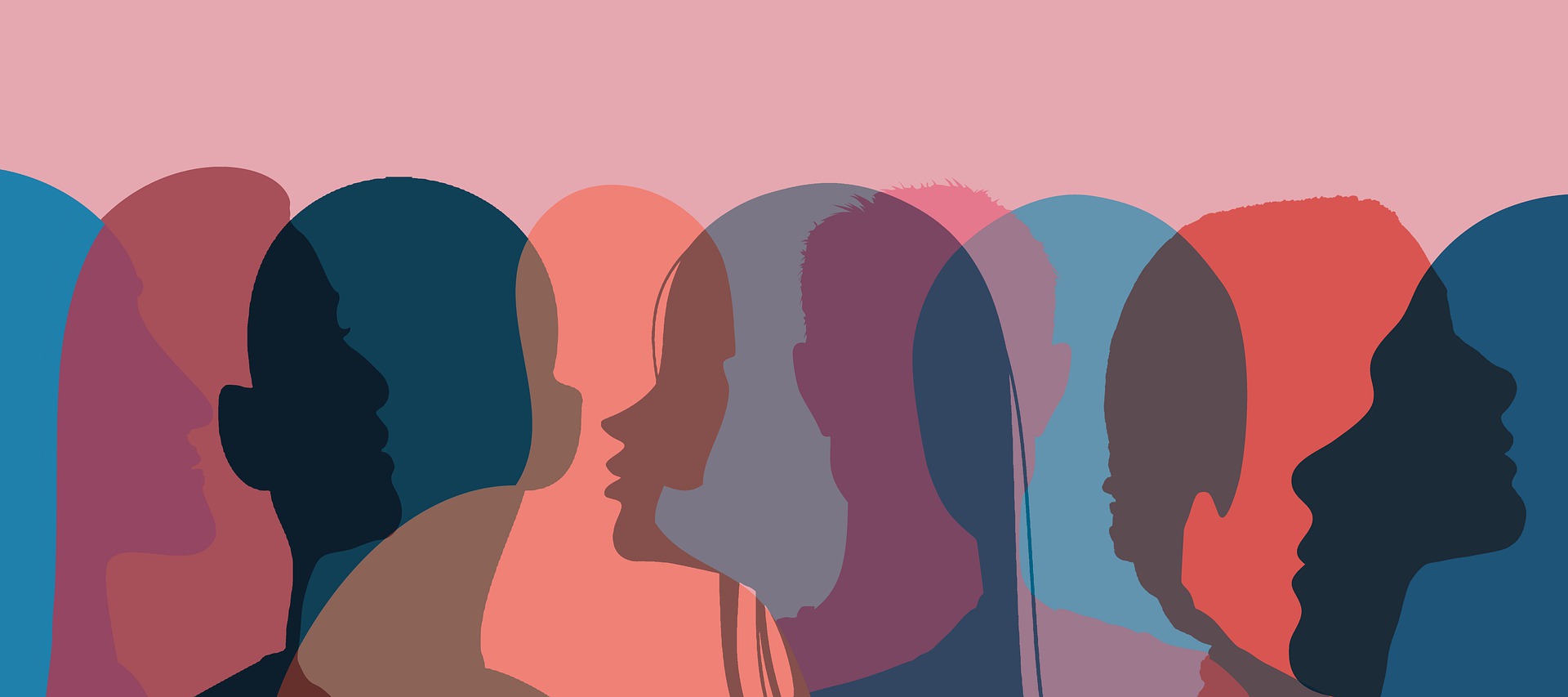During the last five years or so, there has been an ever-increasing amount of attention to transgender people in the media. The subject, previously seldom considered outside of specialized medical or mental health media, is now all over television, print, and the internet. Transgender celebrities may draw the greatest attention, but young transgender people and their families have also caught the interest of the public.
There has long been significant awareness of many forms of diversity in our society, and many efforts are being made to guarantee equal treatment for differences in race, religion, socioeconomic level, biological sex and, recently, sexual orientation. But the whole concept of gender identity as distinct from gender is relatively new. Previously, it was assumed that everyone was either male or female. But not anymore.
The more current view of gender sees it as a continuum between traditionally male and traditionally female. Each end of the continuum is defined by not only biological characteristics but also a lot of socially imposed characteristics regarding appearance, clothing, attitudes, interests, occupations, and general roles in society. But the reality is that not all males have all the traditionally male characteristics, nor do all females have all the traditionally female ones. Instead, between the two poles lie an infinite number of permutations that defy traditional stereotypes. This full range of variations is known as the gender spectrum. To make things even more complicated, there are now people who do not think of themselves as either male or female. They may consider themselves to be both, neither, some other gender, or no gender at all.
This article focuses on people who do self-identify as either male or female, but not the gender that corresponds with the sex they were assigned at birth. Such people will be referred to as transsexual, although the popular media tend to prefer the term transgender. The latter word can also be used more broadly, however, to refer to those who self-identify as the gender associated with the physical sex they were born with but do not conform to all the characteristics generally associated with it. When a person realizes that he or she self-identifies with the gender opposite from the sex assigned at birth, he or she has a number of options. The challenge for each one is to find the option that works best for him or her. Most transsexuals that we hear about in the media decide to take some steps to make their appearance and often also their bodies more similar to what is generally associated with their true gender. This process is called transition, and can be taken to various levels. Appearance and “presentation” can be changed with clothing, wigs, makeup, some padding, and so forth. This procedure is called social transition, and for some it is sufficient to make them comfortable with their gender identity.
Others feel the need to do more. This involves some degree of medical transition, beginning with hormone treatment. For male-to-female transsexuals, estrogen supplements can cause various physical changes, such as breast development, and for their female-to male counterparts, testosterone can have such effects as lowering the voice and causing facial hair. Both hormones can also produce changes in thoughts, feelings and attitudes. Once again, these changes are sufficient for many transsexuals. On the other hand, many choose to go even farther by means of sex reassignment surgery. For transsexual women (meaning male to female) the most basic form of this is genital reconfiguration. The testicles are removed but part of the penis tissue is relocated inside the body to create a vagina. If breast augmentation beyond what is caused by hormone treatment is desired, implants may be used. There are various procedures that can be done to make the body appear even more feminine. For transsexual men, the most common surgery at present is top surgery, which involves removing the breasts and repositioning the nipples. The ability to construct a penis is improving, however, so that process may be performed with increasing frequency. Another procedure some transsexual men choose to have done is removal of some internal sex organs.
Although little has been written or said about it until now, another possible option, and the one I have chosen for myself, is non-transition. My personal experience has been that through psychotherapy alone I was able to accept myself as a woman with a male body and felt no need to change either my body or my appearance in order to be comfortable with my true gender. For many years I revealed my true gender identity to only a relatively few people, and then only in confidence. Even now I am perceived as a man by most people who know nothing about me, though the publication of my book has increased the number of people who do know.
The challenge for society is to accept all levels of gender transition and non-transition as just new elements in social diversity. The lack of such acceptance in the past has excluded many people from the mainstream of American life, to the detriment of both transsexuals themselves and our society and economy. Many transsexuals have extreme difficulty finding employment, including some who had proven work records before they transitioned. American businesses and other institutions have been making important progress in overcoming resistance and misunderstanding as regards other parts of our richly diverse population, and it is time to do the same for those whose gender identities do not fit into the restrictive categories of the past.
Lee Schubert is the author of Woman Incognito: Transsexual without Transition.










